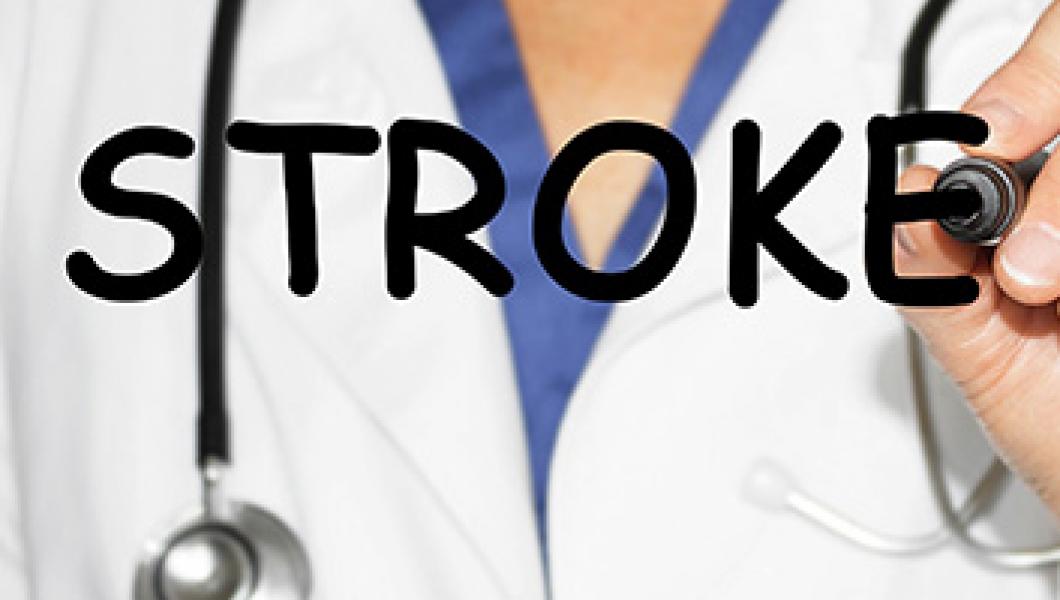A stroke is a life-threatening blockage or rupture of a blood vessel in the brain, similar to the process that causes a heart attack, and just as critical to recognize and take action. To help become more aware of someone who could be suffering from stroke, remember FAST.
FAST is an easy way to remember the sudden signs of a stroke:
F | Face drooping – Does one side of the face droop or is it numb? Ask the person to smile. Is the person’s smile uneven? |
A | Arm weakness – Is one arm weak or numb? Ask the person to raise both arms. Does one arm hang downward? |
S | Speech difficulty – Is speech slurred? Is the person unable to speak or are they difficult to understand? Ask the person to repeat a simple sentence. Is the sentence repeated correctly? |
T | Time to call 9-1-1 – If someone shows any of these symptoms, even if the symptoms go away, call 9-1-1 and get the person to the hospital immediately. Check the time so you’ll know when the first symptoms appeared. Receiving medical attention within three hours of the FIRST symptom can make the difference between recovery and a lifelong disability. |
Other symptoms can include dizziness, trouble with eyesight or balance, difficulty understanding what’s being said, or a severe headache.
There are several ways to reduce your risk for stroke:
- Maintain a healthy cholesterol level.
- Quit using tobacco or e-cigarettes.
- Move! Even 30 minutes of walking per day can dramatically reduce your risk for both stroke and heart disease.
- Ask your primary care provider about your risk for stroke.
- Modify your diet, if needed. You can do this through limiting portion sizes, eating more fruits and vegetables, eating whole grains, and limiting unhealthy fats and cholesterol.
- Lower your blood pressure (shoot for a goal of 135/85).
Sources: American Heart Association at StrokeAssociation.org
